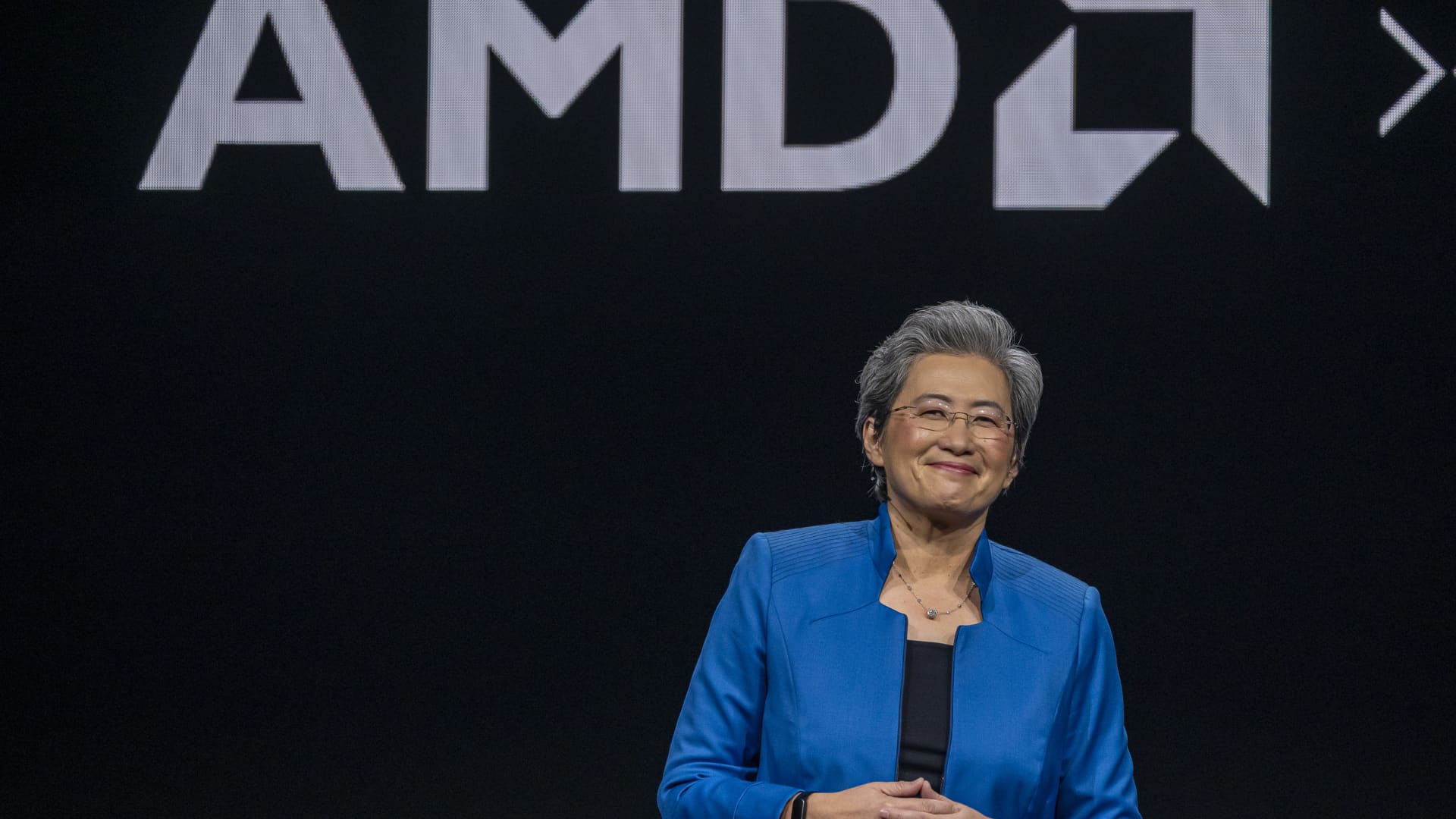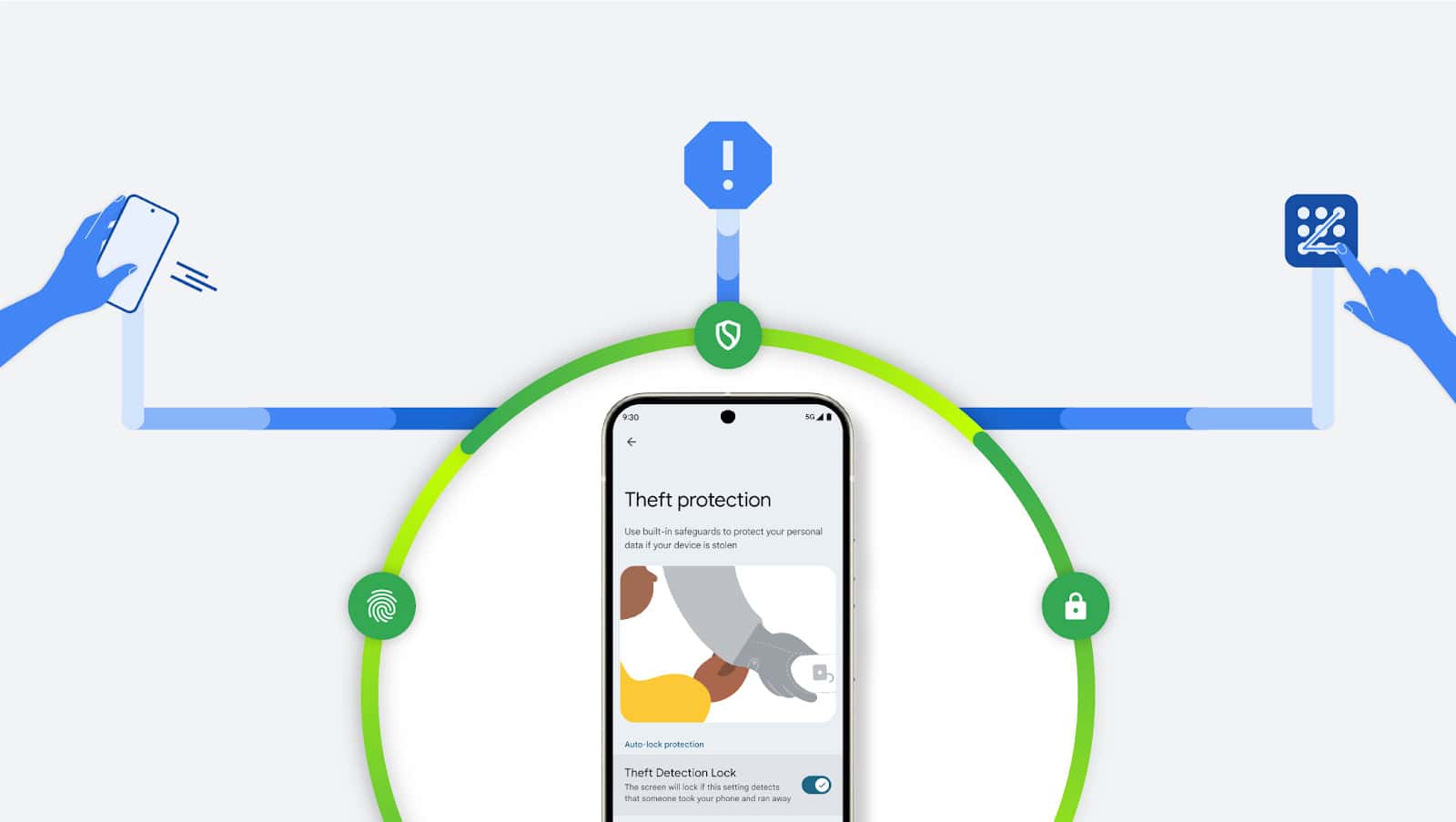The Shazam Band is a new AI-powered collar containing speakers and sensors that lets your pet talk to you, just like the dogs in the Pixar movie UP can. Once your pet is wearing the band you can have a conversation with it, and the band emits a human voice in response to your questions.
You can also use the Shazam Band to track your pet if they wander off, and it will alert you via text message if they get into danger, say from other animals or traffic, or if they got left behind somewhere. You can find them using the Shazam app and the GPS inside the band.
A real life UP
Ever since the Pixar film UP came out in 2009 people have been trying to make a real-life version of a collar that lets your pet talk to you. Back in 2021 TechRadar even interviewed the makers of Petpuls, one of the first AI-powered dog collars that aimed to give your pet a voice.
So far though, nobody has really managed to crack a talking pet collar, but Shazam aims to get humans and animals talking once and for all. To find out more we met with John McHale, CEO of Personifi AI, the company behind Shazam. John explained that he got the idea for using AI to help pets communicate after his dog, Roscoe, got bitten by a rattlesnake, and nearly died because he didn’t know what had happened. “It got me thinking about AI and how the tragedy could have been averted and it became clear that we could apply AI in such a way that if Roscoe got bit by a rattlesnake, even if I wasn’t present, he could have texted me and notified me right away that he had had a rattlesnake encounter. That was the genesis of Shazam.”

Sentience augmentation
Shazam works for any type of pet that can fit the collar, so think dog, cat, goat, or whatever four-legged friend you have running around your house. It works by using AI, trained on large data sets in a similar way to the way ChatGPT is trained.
The band contains a number of sensors, in particular, it seems to listen to the words that you say to your pet and react to them, but also interprets the kinematic behaviors of your pet. The result is that the Shazam Band provides what McHale calls “sentience augmentation”. What that means is it articulates your pet’s mood, experience, and responses back to you – as they’re happening – with little sound bites like “I’m feeling sad right now” and “You know I’m down to snuggle”. The idea is that you start to get into having a conversation with your pet and over time it learns and becomes more natural.

But does it work?
The million dollar question, of course, is does it actually work? I had a live demo of Shazam by the Personifi AI team in Texas, and I still don’t quite know what to make of it. John McHale demonstrated with his own dog, Roscoe, who was wearing the Shazam Band and I got to hear the dog ‘speak’.
Without getting to test the device on my own pet it’s really hard to say how well it works, but in the demo, we saw Roscoe’s Shazam collar successfully interpret when his owner was happy or sad, and produce the appropriate responses. Also when McHale wrestled a dog toy in Roscoe’s mouth, much to his delight, his collar came out with Captain America’s famous catchphrase, “I could do this all day!”.
They do say you should never work with children and animals, and during the live demo, Roscoe was clearly not in the mood for fun times. He preferred to lie on the sofa, but it’s impossible not to smile when hearing a dog ‘talk’ for the first time, especially since the voices have all been voiced by comedic actors. Many are voiced by Bobby Johnson, AKA RxCKStxR, a social media celebrity renowned for giving pets a voice online.

Pick a persona
There are 25 different personas you can choose between for your pet, and each one is effectively a different voice. During your first 30 days of owning the Shazam Band, you get to try them all out before you have to settle on the persona that best suits your pet. We heard a lovable goofball, a witty southern belle, and a fast-talking mafia boss. Does one of those sound like your pet?
There were a couple of options for the international market, too – there was one British voice (male and posh, think Hugh Grant) and a female Spanish voice. Most striking was the Jamaican voice, which used a Patois.
Considering how crazy people get about their pets, the potential for Shazam is clearly huge, and once we get our hands on one in November we’ll bring you a full review. The ethical considerations of anthropomorphizing your pet still need to be considered, but as a cat owner, I would love to be able to find out what my cat actually wants when he looks at me, purrs, and meows. Is it attention? Is it food? Is it playtime? It would be very useful to know.
Ultimately, I’m left feeling slightly undecided by the whole talking pet situation. It was certainly fun for the owner, but I do wonder what Roscoe thought of it all. He seemed pretty happy with voices coming from his collar, but it’s not like he had a choice in the matter. What if he’s a dog that doesn’t want to be anthropomorphized? I guess that despite the inroads Shazam makes into human and animal interactions, we’ll never really be able to ask him.
The Shazam Band is available for pre-order in two different versions. The full GPS-enabled band costs $595 and a less fully-featured $495 version is available from shazampet.com.













































































































































You must be logged in to post a comment Login